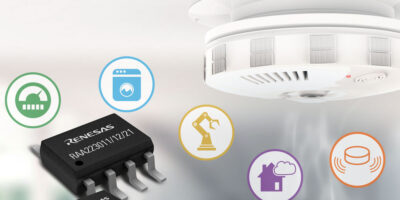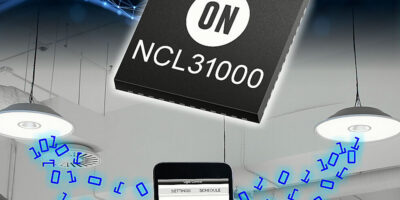Radar sensors and microcontrollers from Infineon enable short range automotive applications in in-cabin monitoring systems (ICMS) which is reshaping passenger safety, says Infineon.
The Xensiv 60GHz BGT60ATR24C AEC-Q100 radar sensors, Aurix microcontrollers and Optireg power management ICs (PMICs) contribute to ultra-wideband (UWB), low power and cost-performance scalable architecture for ICMS sub-systems. The devices support the use of new signal processing techniques which are robust but also balance computational costs, the degree of information as well as the power consumption of the system, claims Infineon.
The Xensiv BGT60ATR24C radar sensor is a cognitive sensing device with multiple transmit/receive for virtual array configurations. There is also an agile modulation generation mechanism, automatic power mode configurability and simplified interfaces between RF and the processing side.
The Aurix TC3xx MCU family integrates a fast radar signal processing unit and enhanced security with the second-generation of the hardware security module (HSM). This includes asymmetric cryptography accelerators and full EVITA support. (The EVITA project is an EU project to design, verify and prototype suitable architectures for secure automotive on-board networks.)
Infineon has partnered with bisening, a South Korean imaging radar technology start-up, and Caaresys, an Israeli start-up to accelerate the development cycle using Infineon’s 60GHz automotive portfolio.
For example, bitsensing’s 60GHz MOD620 is enabled by advanced signal processing techniques using Infineon’s chipset. The pairing “offers a new level of confidence in safety for the automotive industry that demands excellence, reliability and unmatched intelligence,” said Dr. Jae-Eun Lee, bitsensing’s CEO.
Partner Caaresy has used Infineon’s Xensiv 24GHz and 60HHz radar sensors and Aurix MCUs in its CabinCare and BabyCare radar-based systems. It uses algorithms and radar signal processing to create aesthetic and contactless vital sign monitoring in automotives, explained CEO, Ilya Sloushch.







